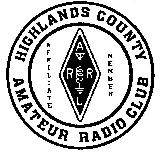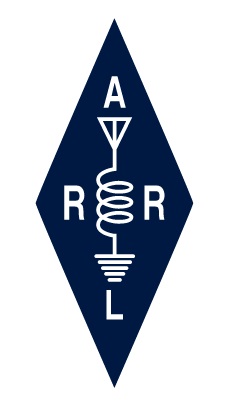Modes
A run-down of some of the wonderful modes Amateur Radio Operators are allowed to use.
SSB Mode:
- Stands for Single Sideband modulation.
- Is a form of amplitude modulation (AM) where the carrier and one sideband are suppressed, leaving only the other sideband and any modulation that was applied to it.
- Is used in HF radio communication due to its efficiency and the ability to transmit a strong signal over long distances with relatively low power.
- Requires a special type of radio, called an SSB transceiver, which has a special filter to select the desired sideband.
AM Mode:
- Stands for Amplitude Modulation.
- In AM mode, the amplitude of the carrier signal is varied in proportion to the modulating signal.
- The modulating signal is typically an audio signal, such as speech or music.
- Is used in HF radio communication due to its simplicity and the ability to transmit a wide range of frequencies.
- Transmissions are vulnerable to interference from other signals and noise, which can cause distortion or a reduction in signal quality.
FM Mode:
- Stands for Frequency Modulation.
- In FM mode, the frequency of the carrier signal is varied in proportion to the modulating signal.
- The modulating signal is typically an audio signal, such as speech or music.
- Is used in HF radio communication due to its resistance to interference and noise, which allows for clearer and more reliable transmissions.
- Transmissions require a wider bandwidth than AM or SSB, which limits the number of signals that can be transmitted simultaneously.
In summary, SSB mode is a type of AM that suppresses the carrier and one sideband to increase efficiency, AM mode varies the amplitude of the carrier signal in proportion to the modulating signal, and FM mode varies the frequency of the carrier signal in proportion to the modulating signal. Each mode has its own advantages and disadvantages, and the choice of mode depends on the specific requirements of the communication.



